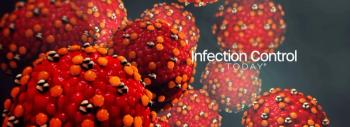
ASHES, Orkin Provide Advice on Integrated Pest Management for Hospitals
To assist hospitals as they endeavor to achieve better pest management results and reduce pest-related problems, experts from the American Society for Healthcare Environmental Services (ASHES) and Orkin, Inc. have teamed up to produce the ASHES Recommended Practice: Integrated Pest Management.
According to this guidance document, a typical IPM implementation should begin with a comprehensive facility inspection by a trained and licensed IPM professional to identify potential areas of "high pest pressure." The second step is to remediate any existing pest activity and implement preventive measures based on inspection. Following this initial phase, the IPM program should follow an ongoing cycle of the following activities:
-- Floor-level inspection that covers all five pest-activity zones such as entry points and food/water sources, including proactive surveillance by trained specialists.
-- Sanitation and exclusion measures that reduce pest presence by minimizing their food, harborage, and access
According to the guidance document, "IPM requires a thorough knowledge of building operations and pest biology and, typically, coordinated initiatives to upgrade sanitation, housekeeping, maintenance and occupant practices."
For more information from ASHES, click
Newsletter
Stay prepared and protected with Infection Control Today's newsletter, delivering essential updates, best practices, and expert insights for infection preventionists.






